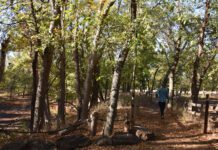If you’re looking for a relaxing activity or an adventurous outing, native wildlife is ready to reveal its wonders. Must-see parks include Black Mesa State Park and Nature Preserve, Tishomingo National Wildlife Refuge, and the Wichita Mountains Wildlife Refuge.
Black Mesa State Park, located in Oklahoma’s northwest corner, shares borders with Colorado and New Mexico and is home to a wide variety of wildlife including antelope, bighorn sheep, black bears, bobcats, mountain lions, elk, red and gray foxes, prairie dogs, horny toads and mule deer.
In the summer, grasshoppers are abundant, representing a rainbow of colors. They grow to exceptionally large sizes – so big that “the park staff jokingly refer to [them] as ‘grass walkers’ because they can get so big they don’t hop, but just crawl around,” says Taylor Nelson, spokesperson for the state park.
Summer isn’t the only time to see spectacular wildlife in Black Mesa. Nelson suggests visiting in the fall to see tarantulas come out of their burrows and the winter to see bobcats, red, gray and swift foxes, as well as coyotes.
“The chance to see wildlife is always there, you just have to take a closer look,” she says.
Wichita Mountains Wildlife Refuge is located in the southwest region of the state, hosting an active breeding season for bison and Rocky Mountain elk.
Quinton Smith, the refuge’s visitor service manager, explains that to see any wildlife, you should follow the “dawn and dusk” rule, as most activity happens in the early morning and evening.
“Park your car, turn your engine off and unroll your window,” says Smith, to better experience the bison and elk bugling during breeding seasons – late summer and early fall respectively.
Visiting an Oklahoma state park or wildlife refuge is akin to time traveling, says Smith.
“[The refuge] is just as pristine as it was before statehood in 1907,” he says.
When visitors preserve parks, habitats are protected and wildlife thrives. In order to keep habitats safe, visitors should “take pictures and leave only footprints,” says Smith.
Tishomingo National Wildlife Refuge is located in the southeastern region of the state. It was established to promote and aid migratory waterfowl and, according to its website, provides protection for over 290 different species of birds, including the bald eagle.
The refuge’s visitor services specialist Allison Newberg advises guests to respect the wildlife in their native homes.
“If their behavior changes because of you, you’ve gotten too close,” she says, adding that giving animals their space is key to safety and habitat preservation.
Newberg mentions the best way to support wildlife refuges and parks is to visit and experience them.
“Come enjoy a walk through the woods, a peaceful moment on a water-side bench or a conversation with the songbirds,” she says.
Park Information:
Black Mesa State Park
travelok.com/state-parks/black-mesa-state-park-nature-preserve
County Rd. 325, Kenton
580-665-8396
Hours: Dawn to dusk, unless camping
Admission: Free, unless camping
Wichita Mountains Wildlife Refuge
fws.gov/refuge/wichita-mountains/visit-us
Two Refuge Headquarters, Indiahoma
580-429-3222
Hours: Dawn to dusk, unless camping
Admission: Free, unless camping
Tishomingo National Wildlife Refuge
fws.gov/refuge/tishomingo/species
11766 S. Refuge Rd., Tishomingo
580-371-2402
Hours: Dawn to dusk
Admission: Free
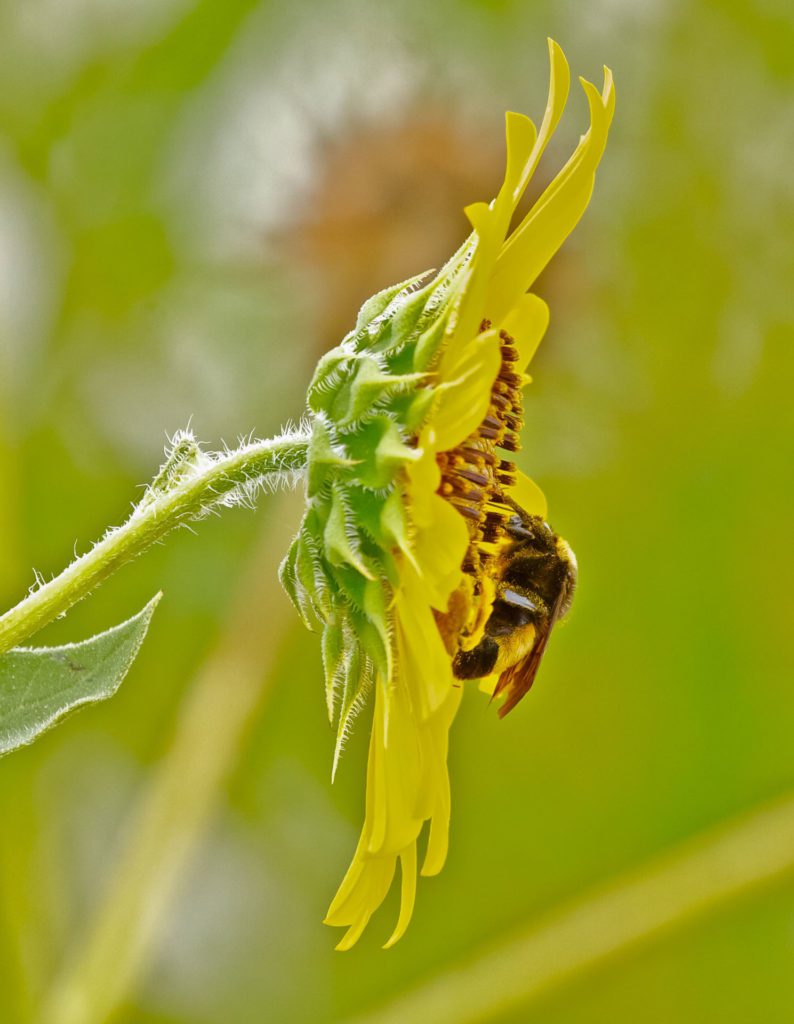
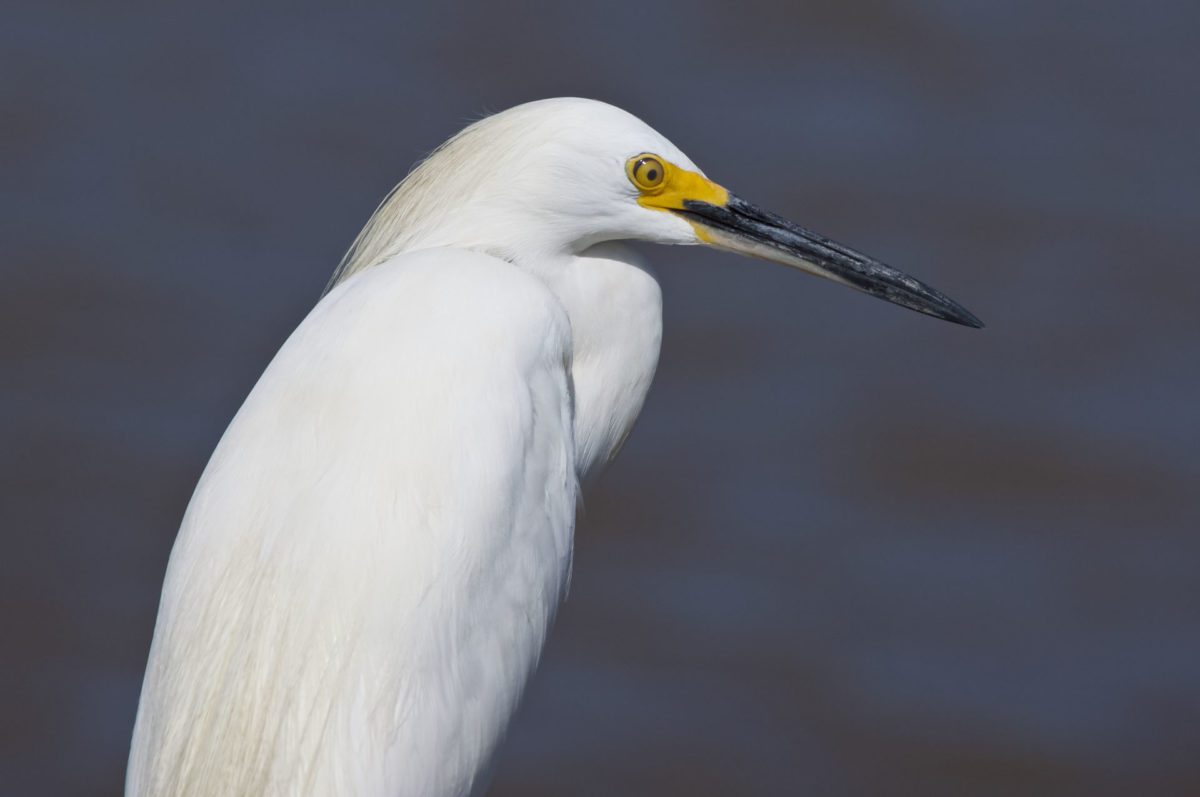
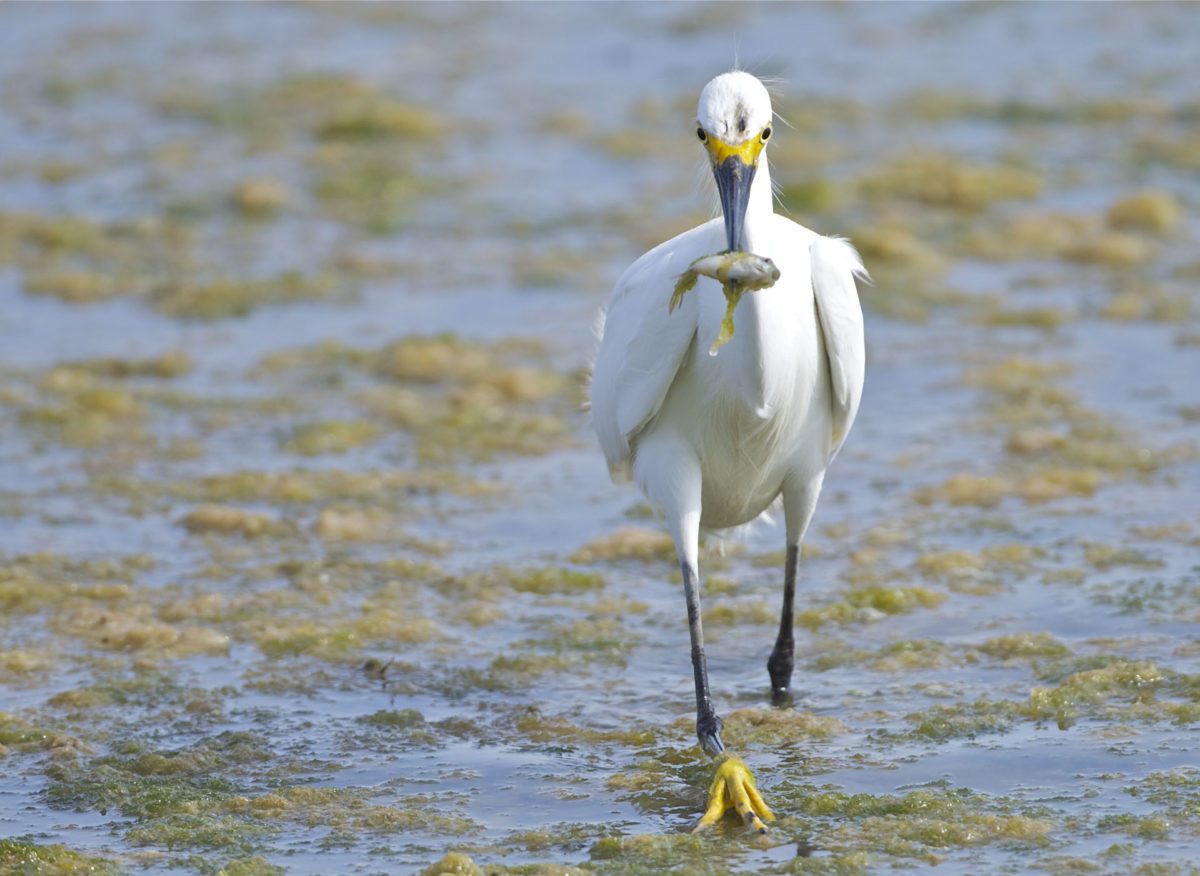
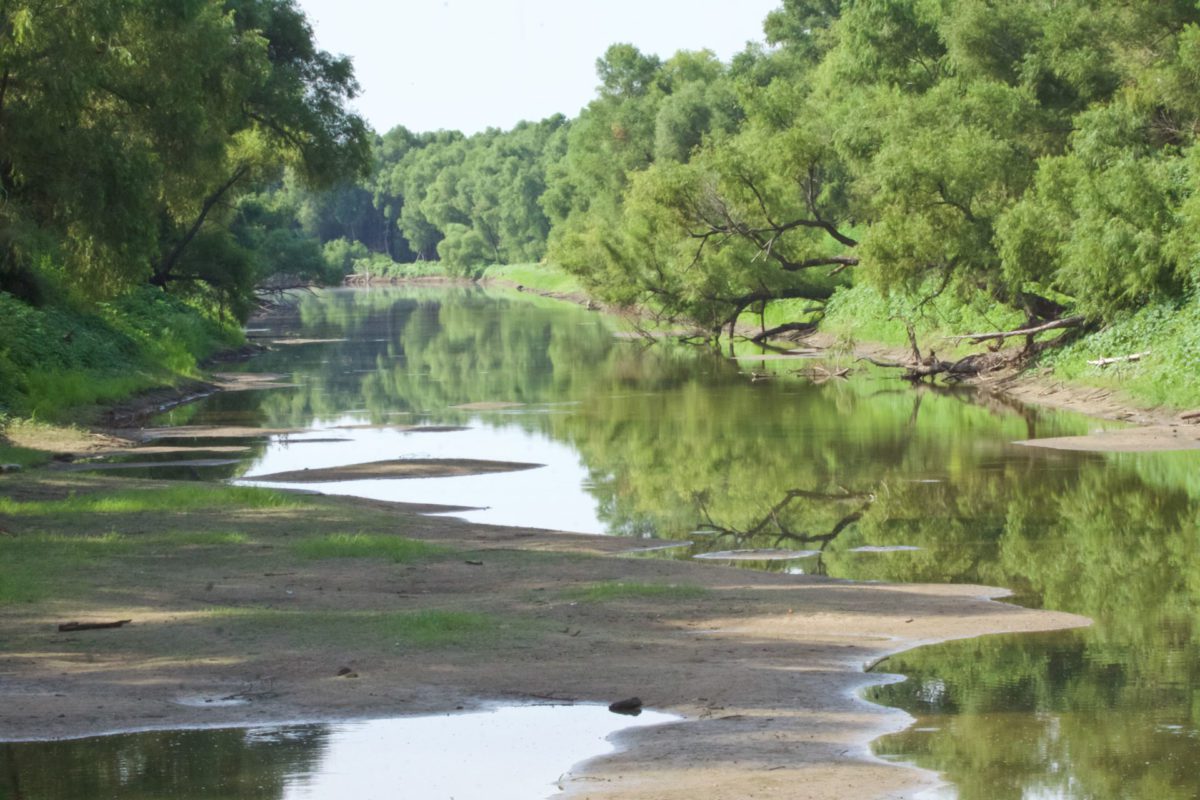

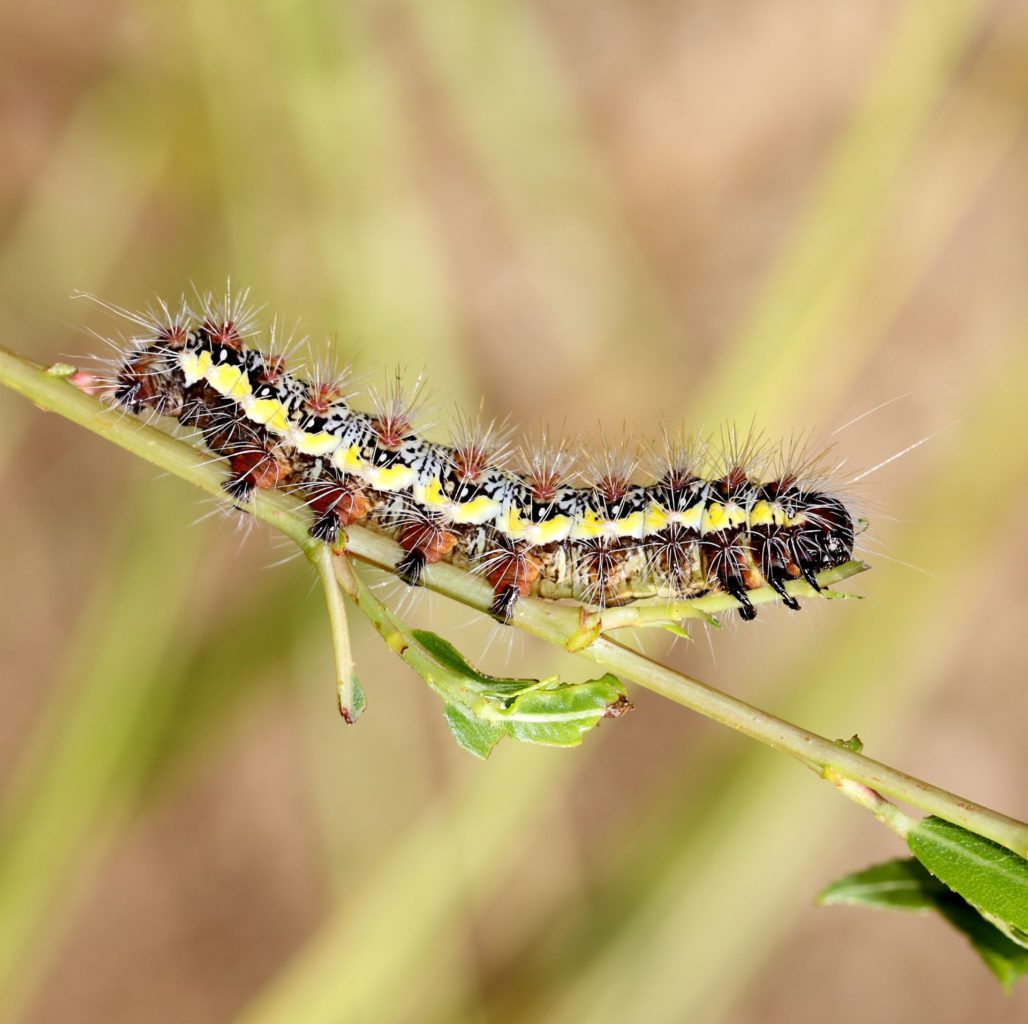
Photos by Rick Cantu/USFWS
























